GIA adotta nuova terminologia descrittiva per i diamanti coltivati in laboratorio
La modifica riflette la ristretta gamma di colori e purezza del prodotto sintetico.
A partire dalla fine di quest'anno, il GIA (Gemological Institute of America) inizierà a utilizzare termini descrittivi per caratterizzare la qualità dei diamanti coltivati in laboratorio e non utilizzerà più la nomenclatura di colore e purezza che il GIA ha sviluppato per i diamanti naturali. L'Istituto continuerà ad accettare i diamanti coltivati in laboratorio per la valutazione e l'identificazione.
Nuovo sistema di descrizione GIA per i diamanti coltivati in laboratorio
Il sistema di descrizione GIA rivisto per i diamanti coltivati in laboratorio confermerà che l'articolo presentato è un diamante coltivato in laboratorio e se rientra in una delle due categorie, "premium" o "standard". Le categorie saranno definite da una combinazione di metriche relative a colore, purezza e finitura. Se il diamante artificiale non raggiunge lo standard minimo di qualità, non riceverà una designazione dal GIA. Fino a quando il sistema descrittivo rivisto per i diamanti coltivati in laboratorio non sarà finalizzato, gli attuali servizi GIA per i diamanti coltivati in laboratorio continueranno a essere disponibili.
Dichiarazione GIA
"Similmente ad altri materiali gemmologici artificiali, prevediamo la continua accettazione e popolarità dei diamanti coltivati in laboratorio", ha affermato Tom Moses, vicepresidente esecutivo e responsabile del laboratorio e della ricerca del GIA. "Più del 95% dei diamanti coltivati in laboratorio che entrano nel mercato rientrano in una gamma molto ristretta di colore e purezza. Per questo motivo, non è più rilevante per il GIA descrivere i diamanti artificiali utilizzando la nomenclatura creata per il continuum di colore e purezza dei diamanti naturali."
Obiettivo del cambiamento
GIA ha sviluppato le scale di colore e purezza universalmente accettate per i diamanti naturali negli anni '40 per comunicare chiaramente le loro caratteristiche e ridurre la confusione dei consumatori. Questo cambiamento nel modo in cui il GIA descrive la qualità dei diamanti coltivati in laboratorio aiuterà i consumatori a comprendere le importanti differenze nell'origine dei due prodotti, garantendo la loro fiducia e consentendo loro di prendere decisioni di acquisto informate ed educate.
Informazioni aggiuntive
I prezzi e le linee guida per la presentazione per il servizio GIA rivisto per i diamanti coltivati in laboratorio sono in fase di sviluppo e saranno annunciati alla fine del terzo trimestre. I rapporti GIA esistenti per i diamanti coltivati in laboratorio rimangono validi.

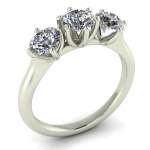
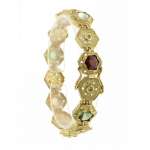
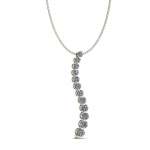
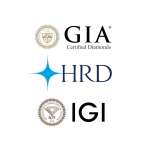
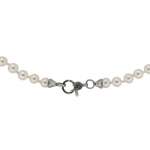

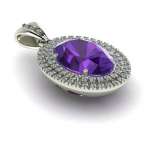

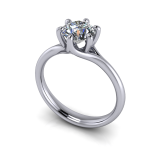
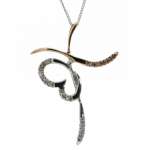
-150x150h.jpg)
-150x150h.jpg)
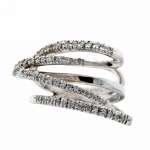
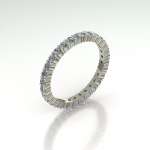
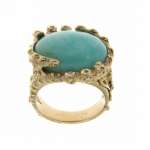

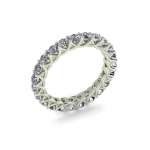
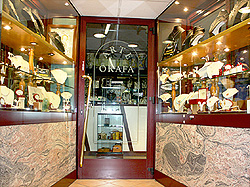 Gioielleria Arte Orafa da oltre 30 anni sul mercato dei gioielli artigianali e diamanti certificati GIA HRD IGI.
Gioielleria Arte Orafa da oltre 30 anni sul mercato dei gioielli artigianali e diamanti certificati GIA HRD IGI.

-1060x400.jpg)
Leave a Comment